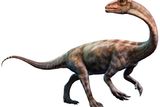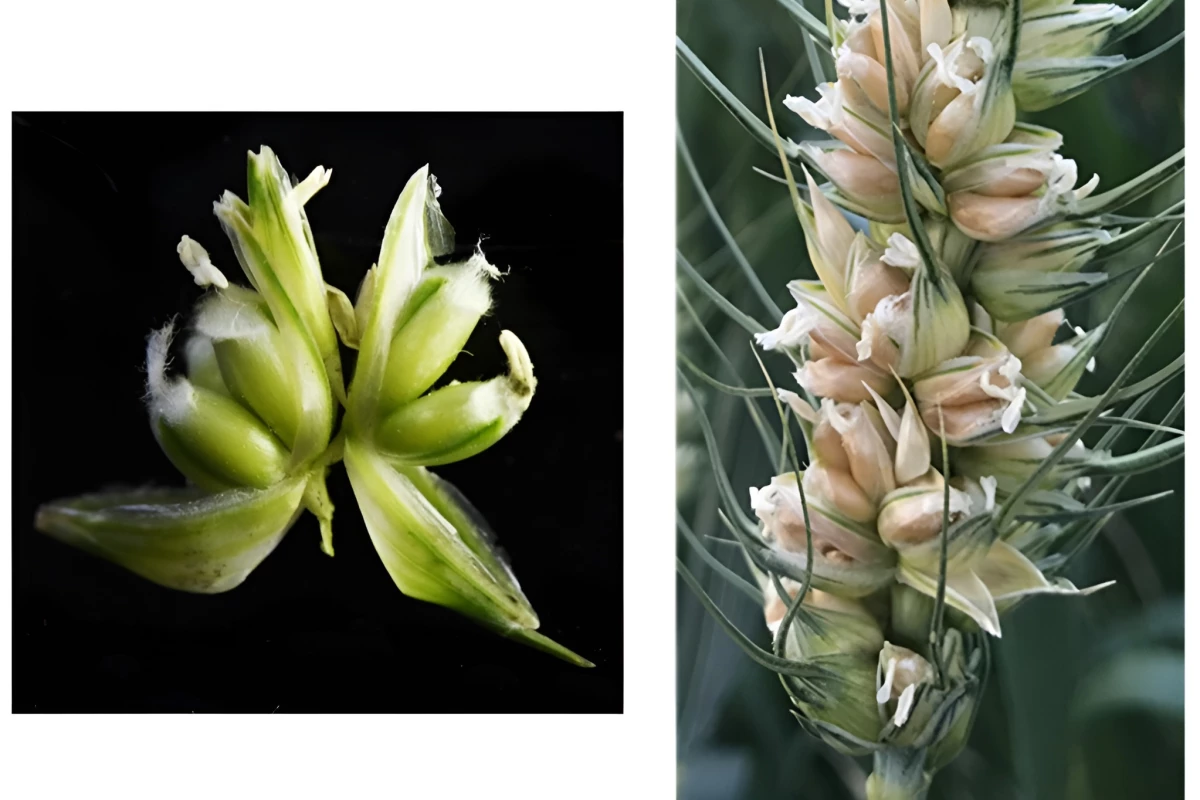A remarkable discovery in Argentina has unveiled a new species of one of the world’s oldest dinosaurs, named Huayracursor jaguensis. This ancient creature, estimated to be around 230 million years old, was found in the foothills of the Andes Mountain range in La Rioja province. The near-complete skeleton, albeit headless, offers significant insights into dinosaur evolution during the Late Triassic period.
The research team, comprising scientists from the National Scientific and Technical Research Council (CONICET), published their findings in the journal Nature. The fossil discovery in previously unexplored territory highlights the region’s potential for further paleontological research. “It’s one of those discoveries that don’t come along often,” stated Martín Hechenleitner, a researcher at the Regional Center for Scientific Research and Technology Transfer of La Rioja.
This new species, Huayracursor, belongs to the sauropodomorph group, known for their distinctive long necks. Despite its modest size—approximately 2 meters long and weighing around 40 pounds—the dinosaur surpasses other species from its era, such as the Bagualasaurs, in terms of physical dimensions. The significant size difference indicates an evolutionary milestone for this lineage.
According to Agustín Martinelli, also a CONICET researcher at the Bernardino Rivadavia Argentine Museum of Natural Sciences, “Huayracursor is novel because it exhibits two key features: a considerably longer neck and a larger size than most of its contemporaries.” These characteristics suggest that the evolutionary trajectory of sauropodomorphs began much earlier than previously understood.
The comprehensive nature of the fossil, which includes parts of the vertebral column, forelimbs, hindlimbs, and some skull fragments, has enabled researchers to make accurate size estimates. The discovery occurred in a challenging environment that had deterred previous scientific exploration due to its treacherous terrain and adverse weather conditions.
Unveiling the Past in La Rioja
The expedition to uncover Huayracursor marks the first foray into this particular region of La Rioja by paleontologists. Over the past decade, this area has revealed a wealth of Triassic-era fauna, suggesting that it is a hotspot for significant paleontological findings. “This new region, within a virtually unexplored geological basin, opens up the prospect of major discoveries,” commented Martinelli.
The name Huayracursor reflects its environment, with “Huayra” referencing the region’s high winds, while “jaguensis” pays homage to the nearby village of Jagué. This naming is emblematic of the connection between the discovery and its geographical context, underscoring the importance of local heritage in scientific discovery.
The implications of this find extend beyond mere classification. The completeness of the fossil suggests it will serve as a critical piece in understanding the evolutionary history of early sauropodomorphs. Plans for future expeditions are already underway, as researchers aim to explore further into the Andes based on recent stratigraphic and sedimentological studies.
According to Sebastián Rocher, a co-author of the study, “The Triassic terrains of the Northern Precordillera belong to a sedimentary basin that evolved independently of other basins in southwestern Gondwana.” This revelation opens the door to the possibility of uncovering additional sites rich in prehistoric fauna, enhancing the narrative of dinosaur evolution.
As paleontologists continue to investigate this region, the discovery of Huayracursor jaguensis stands as a testament to the enduring quest for knowledge about Earth’s distant past. The findings not only enrich our understanding of dinosaur diversity but also illustrate the importance of exploring uncharted territories in the quest for paleontological knowledge.







